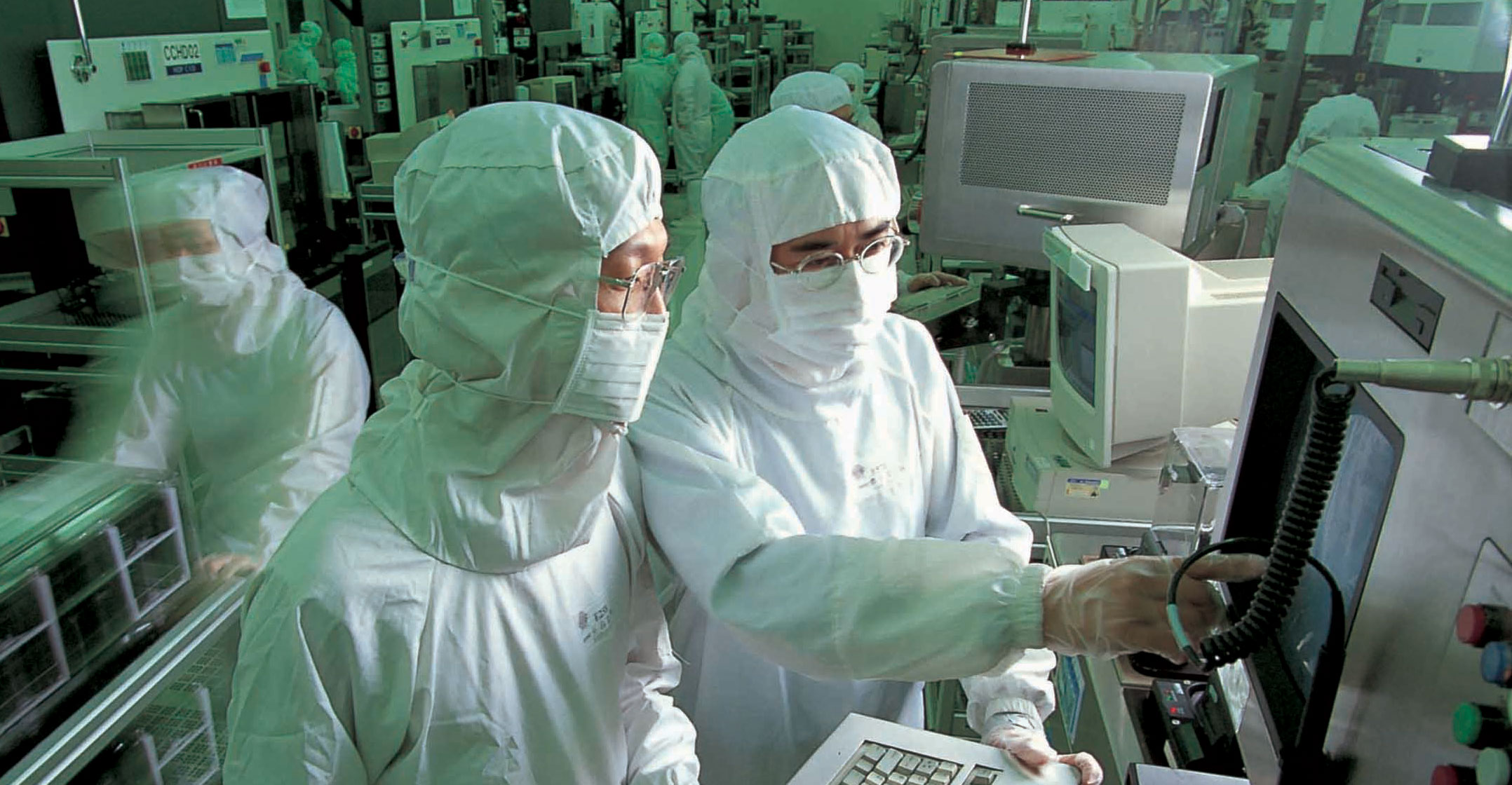
The story of Taiwan Semiconductor Manufacturing Co’s industry dominance steamed ahead unabated on Thursday, with record earnings on the back of booming demand for chips used in smartphones and servers. Yet one figure highlights just how much power the company now has as rivals fall by the wayside.
Net income climbed 36% to US$4.8-billion, higher than even the most bullish of estimates, while the made-to-order chip maker raised its full-year revenue outlook to growth of more than 30%, in US dollar terms.
There’s another figure worth examining. Average price per wafer isn’t a closely followed metric in the foundry industry; indeed, most investors don’t even bother to calculate it. Instead, the focus is usually on more obvious numbers like gross margin — an indicator of how much profit can be squeezed out after subtracting costs, which includes depreciation on assets.
In the third quarter, TSMC charged a record $3 747 per 12-inch equivalent wafer. That’s 9% more than in the same quarter of 2019, and 23% higher than three years ago. Rising prices aren’t a given in the foundry industry: In the five years to 2018, TSMC raised prices only an average 1.6% annually. It must balance numerous factors, including costs, capacity and demand before deciding how much to charge.
But things started changing last year, coinciding with some important shifts in both the industry and the global political economy. Once neck-and-neck with Samsung Electronics, TSMC has now pulled ahead at the leading edge, while Intel, formerly the world’s most advanced chip maker, has fallen further behind. The Hsinchu-based company now commands around 54% of the chip foundry market, according to researcher TrendForce.
Queue kept growing
At the same time, the roll-out of 5G mobile technology and artificial intelligence ran smack into the tech Cold War (which includes the US effectively banning TSMC from selling to China’s champion, Huawei Technologies). This meant that the queue of companies wanting the best chip manufacturing in the world — such as Apple, Qualcomm and Huawei — kept growing, while the supply of foundries able to meet their needs faces continued congestion.
This seems to have emboldened management to keep raising prices. Clients appear undeterred. Chips are generally the most important item in a device — be it a flashy new iPhone or high-end server — and the higher cost is far outweighed by the greater power and efficiency that superior components provide.
 But TSMC ought to be careful. Regulators, clients and governments may worry that the company is becoming too powerful. Signs that it’s leveraging its power to raise prices could add those to concerns.
But TSMC ought to be careful. Regulators, clients and governments may worry that the company is becoming too powerful. Signs that it’s leveraging its power to raise prices could add those to concerns.
Right now, though, everybody still needs TSMC. That’s a nice position to be in, while it lasts. — Reported by Tim Culpan, (c) 2020 Bloomberg LP




